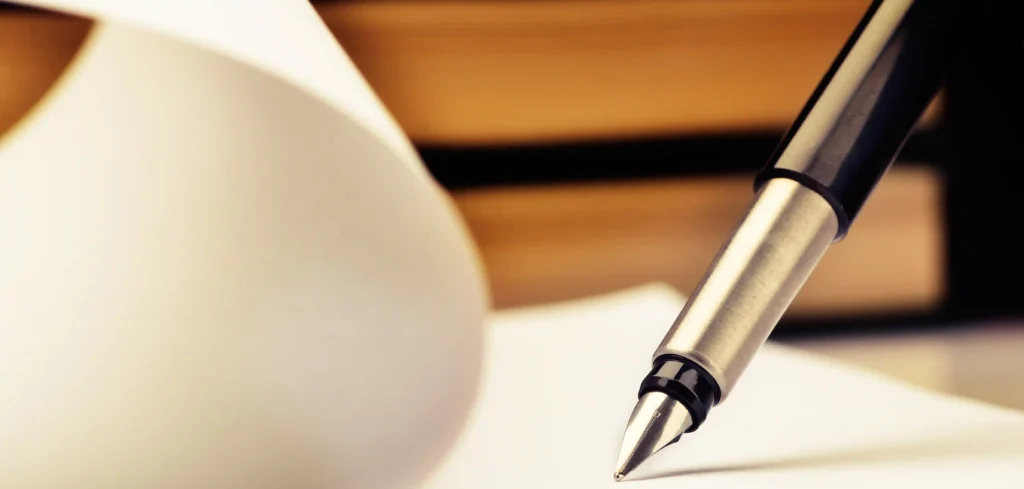
Editing is like giving your manuscript a spa day – it smooths out the rough edges, tightens up the pacing, and leaves your book feeling refreshed and ready to face the world. So, let’s take a closer look at what goes into the book editing process and how you can make your manuscript shine.
The Different Stages of Book Editing
Line editing and copy editing
Once your book’s structure is solid, it’s time for line editing and copy editing. A line editor goes through your manuscript line by line, polishing your prose and making your writing shine. They’ll help you tighten your language, improve your word choice, and ensure your writing is clear and engaging. Copy editing, on the other hand, is more technical. A copy editor will catch grammar, spelling, and punctuation errors. They’ll also check for consistency in things like capitalization and numerals. These two editing stages are often combined, but they serve different purposes.
Proofreading
The Cost of Professional Book Editing
Partner with us
Editing a book feels like a trek, but trust me, it’s one journey you’d be glad you embarked on. Pouring your heart and energy into developmental editing, line editing, copy editing, and proofreading is like giving your book a superpower. It’s setting it up to win from the start.
Let’s not forget, even the sharpest pens out there could use another pair of eyes looking over their work. So don’t be afraid to seek out the help of beta readers, critique partners, and professional editors – get in touch if you’d like to discuss whats next for your book!
